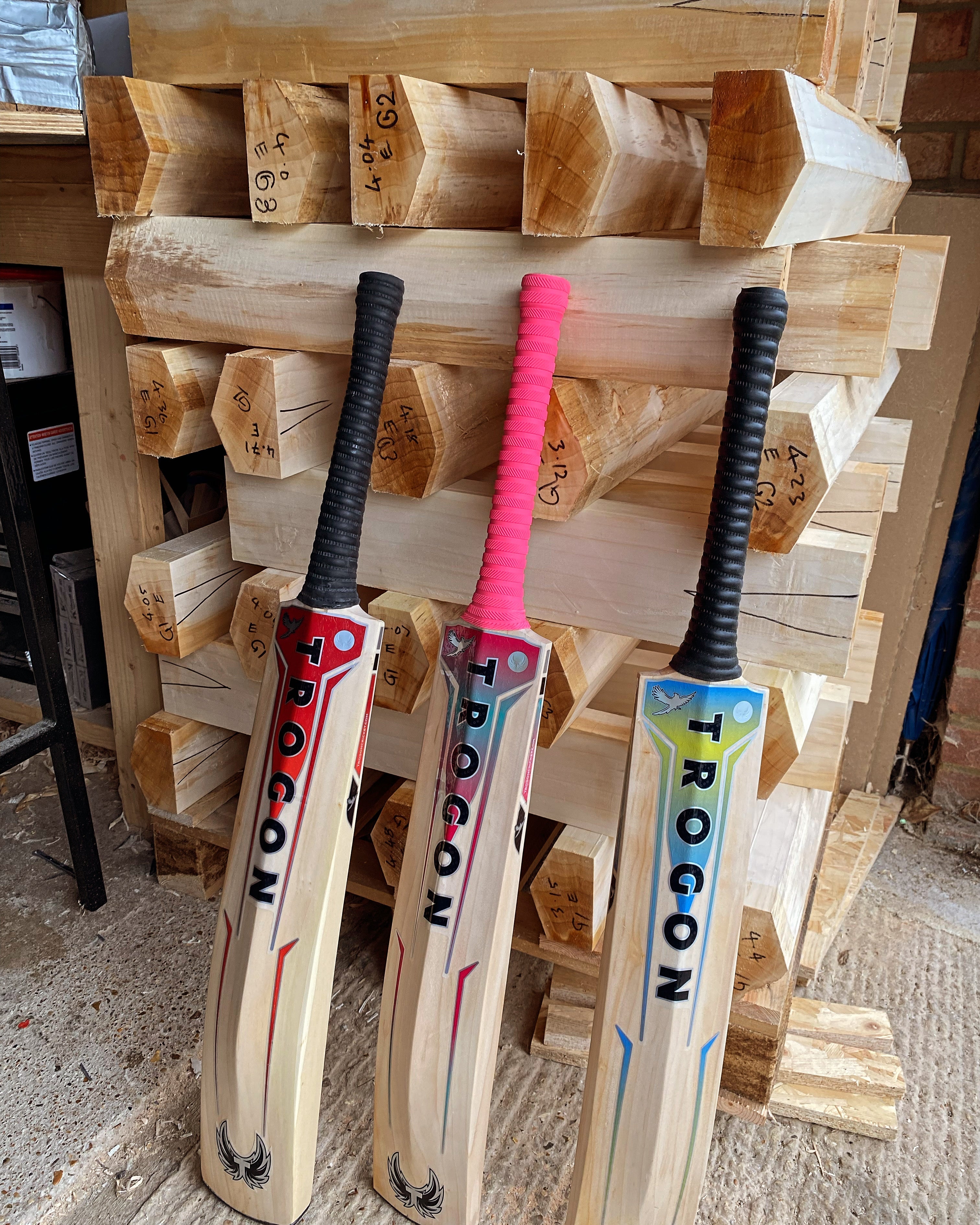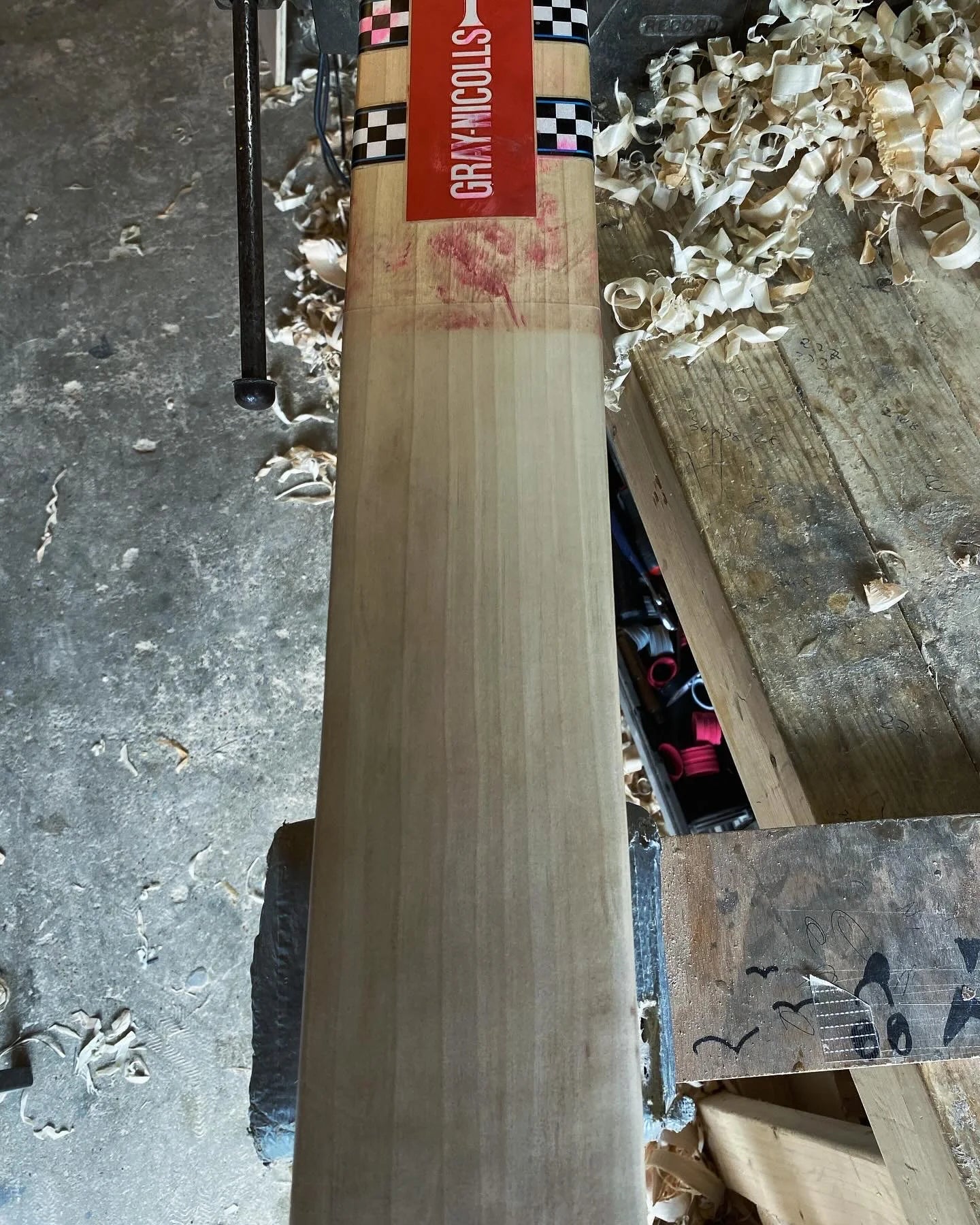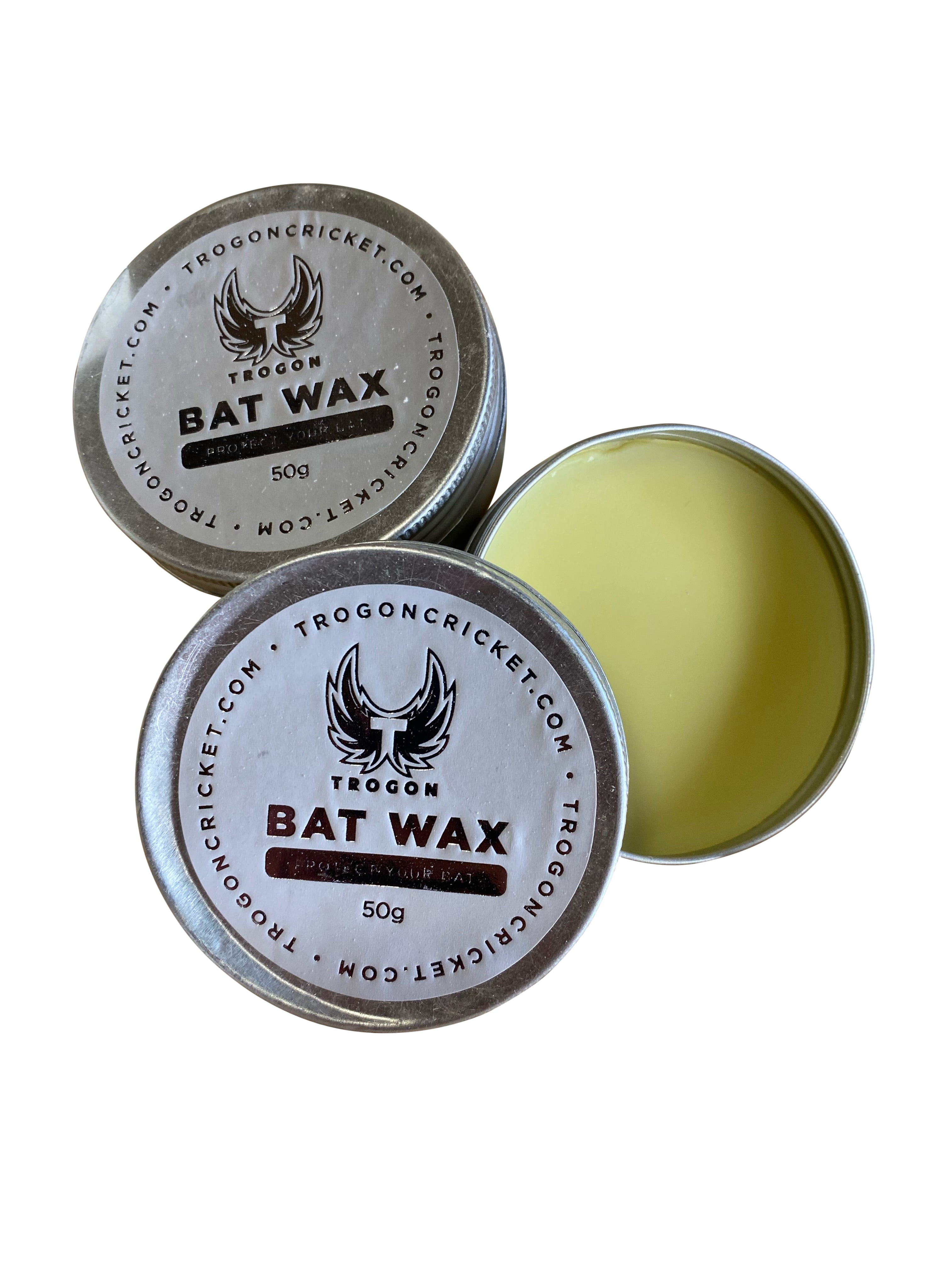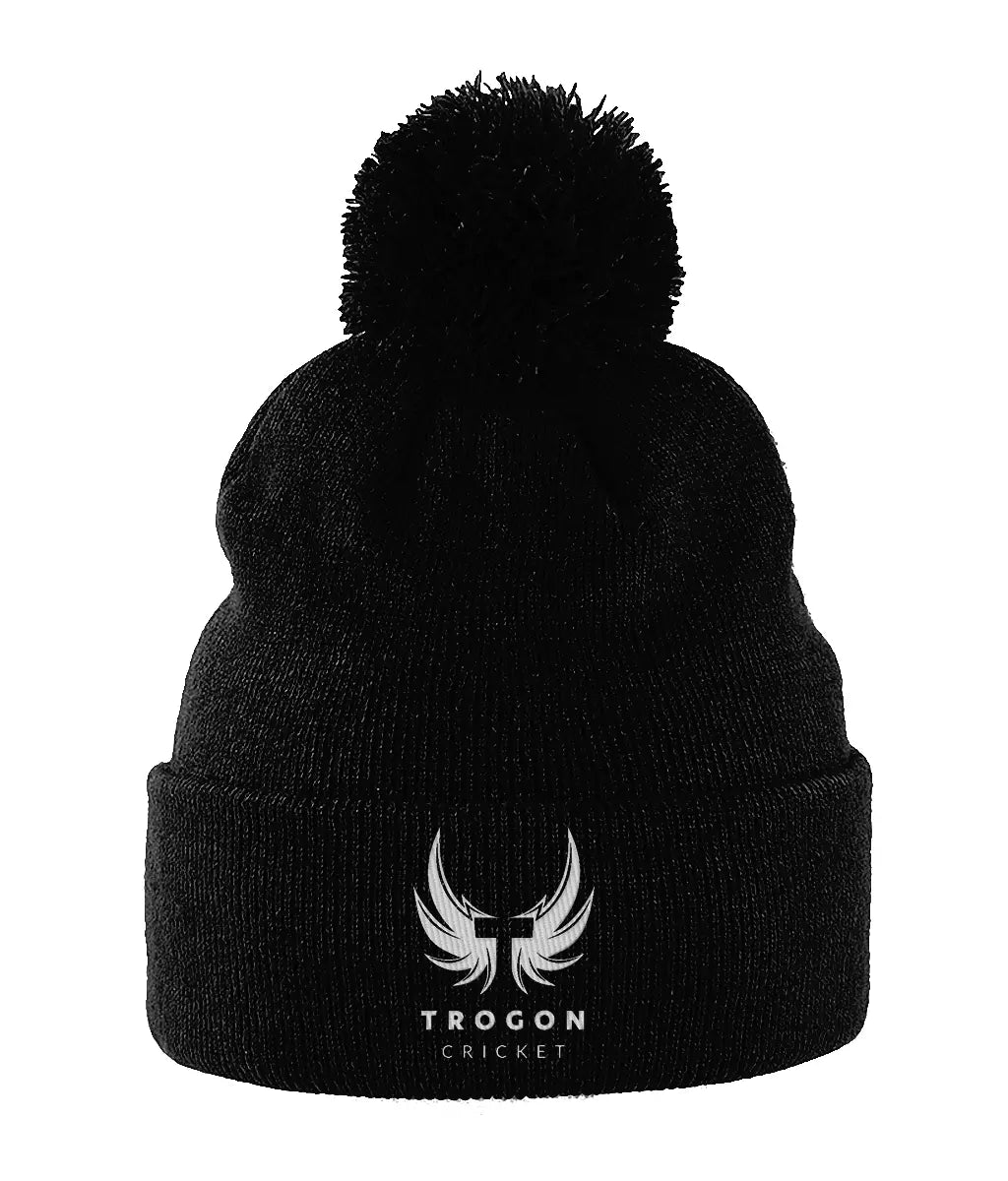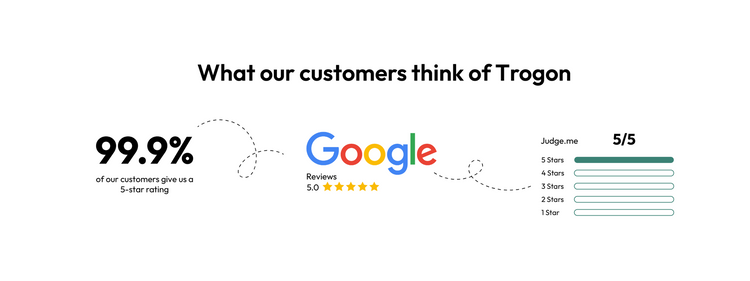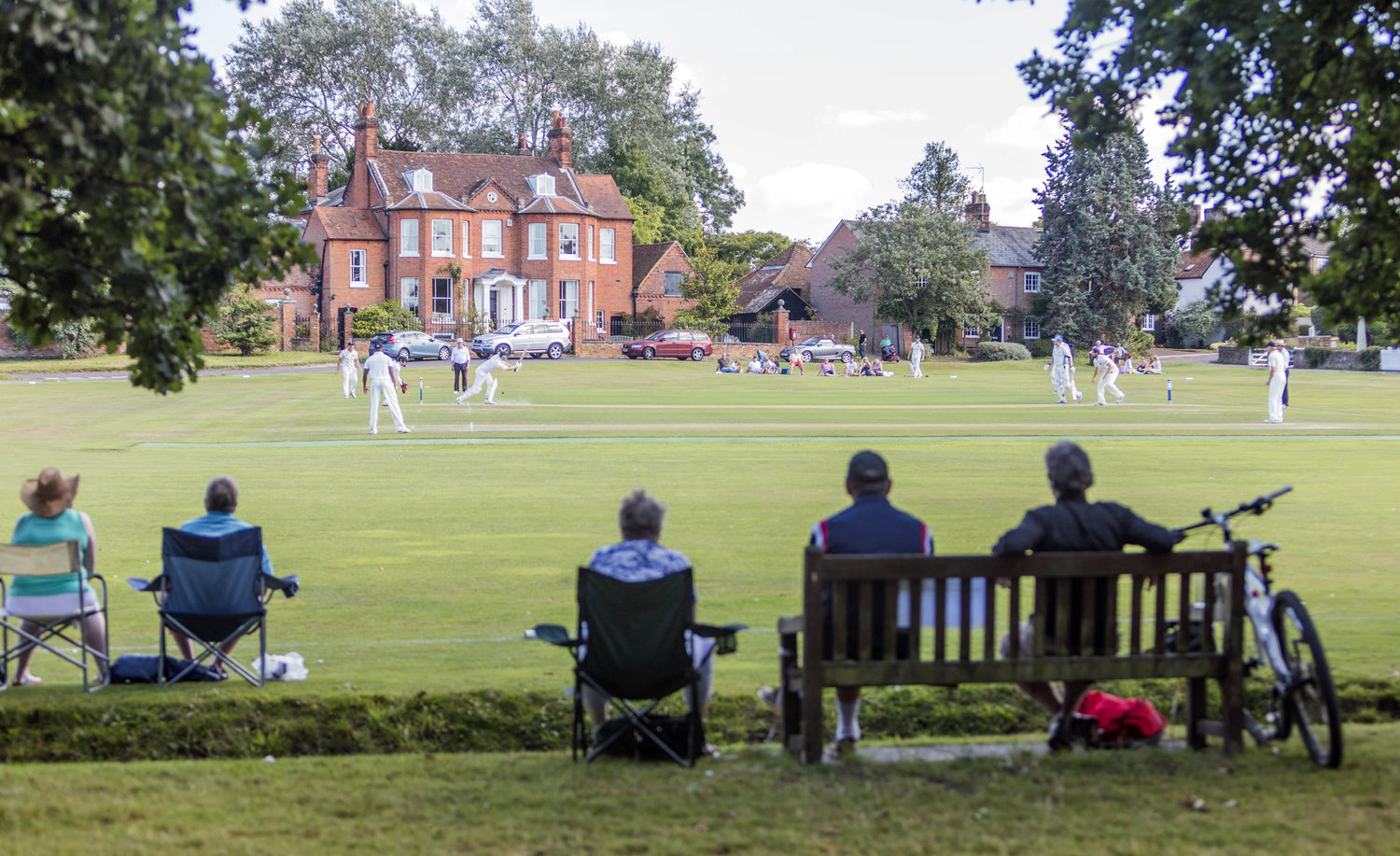Not every cricket bat suits every player, this is where the beauty of custom-made cricket bats comes into play as understanding cricket bat weights, balance and pick-ups is incredibly important.
But, before we jump into all the key factors, what is a custom-made cricket bat?
A custom-made cricket bat offers tailored balance, weight, and grip suited to an individual’s playing style, enhancing control and comfort. It ensures optimal performance by matching the bat's specifications to the batter's physique and preferences, leading to improved shot precision and confidence at the crease.
Right, let's jump on and get all the nitty-gritty details.
First up, cricket bat weights....
Cricket Bat Weights
Choosing the right weight for your cricket bat is a delicate balance, influenced by personal style, strength, and technical ability. Each batter has a unique stance when it comes to bat weight, which makes it all subjective.
But what are the actual weight ranges available, and how do they influence a batting style?
The weights below are generic and shouldn’t be used as a guide; each batter has their preference when it comes to weight.
Lightweight (2lb 6oz - 2lb 9oz)
These bats are favoured by players who bank on nimbleness and quick wrist work. Ideal for those who focus on timing, a lightweight bat can help with fast-paced shots, provide quick response times, and enhance control.
It's particularly beneficial for batters who enjoy playing cut and pull shots or dealing with faster deliveries.
Mid-Weight (2lb 10oz - 2lb 12oz)
This is the middle ground, where a lot of professional and club cricketers find their comfort. It provides a balance between power and control. The additional weight aids in driving the ball, especially for front-footed shots, but doesn't compromise much on the agility offered by lighter bats.
Heavyweight (2lb 13oz and above)
Power players often opt for these. When you're looking to clear the boundary with sheer force, a heavyweight bat can be your best companion. Ideal for aggressive players, this weight range provides the additional heft needed to play lofted shots, but may require strong wrists and a good technique to maintain control.
In essence, the weight of the bat can be a game-changer. While a heavier bat might lend more power to aggressive strokes, ensuring the boundary is cleared, a lighter bat offers finesse, precision, and timing.
It's crucial to understand your playing style and choose a weight that complements it, enhancing your performance on the field.
I have written an extensive blog post about Lightweight cricket bats vs heavy Cricket bats, which sheds light on all the key aspects you should consider.
Impact of Cricket Bat Size on Your Batting
Beyond weight, the size of your cricket bat plays a pivotal role in determining how well you can tackle different types of deliveries. A longer blade can assist taller players, ensuring they don't have to stoop too low and maintain a comfortable posture.
Conversely, a shorter blade can aid players who play more on the front foot, providing better control over the ball, again all down to personal preference.
Moreover, the width and edge size of the bat can also impact how a player deals with deliveries.
Tailoring Cricket Bats for Specific Styles:
The Nuances of Agility and Shot Placement
Different styles of batting – whether it's the dominance on the front foot or the finesse of the back foot – require specific tailoring in terms of weight distribution and middle placement of the bat.
- Front Foot Dominance: Players who predominantly play on the front foot, driving the ball down the ground or whipping it through the leg side, often benefit from bats with a slightly lower middle. This positioning helps deliver power to shots that connect near the toe of the bat. In terms of weight, a mid-weight bat (around 2lb 9oz - 2lb 11oz) usually offers the right balance, ensuring there's enough heft to the shots without compromising on quick foot movement.
- Back Foot Mastery: For those who revel in cutting, pulling, or hooking, a bat with a higher middle placement is more suitable. This design caters to balls that are shorter in length, allowing the batsman to capitalise on anything with a bit of width or height. Lighter bats, typically in the range of 2lb 6oz - 2lb 9oz, provide the agility required to rock back and take on the short-pitched deliveries quickly.
Moreover, when tailoring a bat for agility, it's not just about the weight and middle placement. It's equally about how the bat feels when you pick it up – the balance.
A perfectly balanced bat allows for quicker reaction times, enabling players to get into position swiftly, whether for a delicate dab to third man or a thunderous drive through the covers.
Performance Metrics Influenced by Cricket Bat Dimensions
It's essential to understand that every dimension of a cricket bat, from its spine height to the sweep of its curve, affects your performance. A high spine can offer more power, while a pronounced bow can assist in playing those lofted drives.
The grip, handle length, and even the shape of the toe can influence your shot selection and the quality of your strokes. Thus, considering these metrics when opting for a custom-made bat can be game-changing.
Let’s have a deeper look at these three points;
-
The Grip:
- Texture and Feel: The type of grip, whether it's chevron, scale, octopus, or multi-textured, provides different feels. Some players prefer a certain texture for better control.
- Thickness: A thicker grip can offer more cushioning and reduce the impact on the hands, especially during mis-hits. On the other hand, some players prefer a thinner grip to feel the ball better upon impact.
- Absorption: Grips can also play a role in sweat absorption, ensuring that the bat doesn't slip out of the hands during those critical moments.
- Influence on Shots: A comfortable grip helps players execute a wider range of shots with confidence, from delicate late cuts to powerful lofted drives.
-
Handle Length:
- Short Handle (SH): The most common handle length, suitable for players of average height. A short handle offers better control and is usually preferred by professional cricketers.
- Long Handle (LH): Suitable for taller players, providing them with an extended reach. This can be particularly useful for playing deliveries on the rise or combating bouncers.
- Influence on Shots: The handle length directly affects the leverage and swing of the bat. For instance, a long handle can help generate power in the shots but might slightly compromise control for certain delicate strokes.
-
Toe Shape:
- Rounded Toe: A rounded toe aids in digging out yorkers and is often considered more comfortable for running between the wickets due to the way it slides.
- Squared Toe: This design is believed to increase the bat's surface area, making it advantageous for players looking to play straighter shots. It also suits players who take a front-on stance.
- Semi-Rounded Toe: A middle-ground between the two, offering a balance of benefits.
- Influence on Shots: The toe's shape can determine how effectively a player can dig out deliveries that are pitched right up to the bat. A suitable toe shape, aligned with a player's technique, can make the difference between middling the ball and getting clean bowled.
While the face and middle of the bat often receive the most attention, details such as grip, handle length, and toe shape play pivotal roles in enabling a batsman to play to their strengths and counteract their weaknesses.
English Willow vs. Kashmir Willow: What’s Best for You?
The choice of willow significantly impacts a cricket bat’s feel and performance. While most professional-grade custom bats are made from English willow, there are still players considering Kashmir willow, especially at junior or recreational levels.
Here’s how they compare:
| Feature | English Willow | Kashmir Willow |
|---|---|---|
| Performance | Excellent ping, responsive, lighter | Less responsive, harder feel |
| Durability | Softer wood needs more care | More durable but heavier |
| Weight | Lighter | Heavier |
| Appearance | Clean, straight grains | Darker wood, less grain consistency |
| Cost | Higher | More affordable |
| Usage Level | Professionals, serious club players | Beginners, casual players |
Note: There have been rumours about the ICC banning Kashmir willow bats; this is not true. They are legal for play, but not typically used at professional levels due to performance differences.
If you're investing in a custom bat for serious performance, English willow remains the top choice.
Are All Bats Legal? Understanding Bat Compliance
Customisation is powerful, but it comes with boundaries. Even the most finely tuned cricket bat must comply with the MCC's international regulations to be used in official play.
Here are some features that could make a bat illegal:
-
Exceeding size limits (e.g. more than 4.25 inches wide)
-
Non-wood materials like graphite backing or carbon-fibre handles
-
Finishes that damage the ball, like Andre Russell’s black bat
-
Glued laminated blades that don’t consist solely of wood
Typical banned bats include:
-
Kookaburra Beast (graphite-backed)
-
Mongoose (controversial but still semi-legal)
-
Black-painted bats (if they mark the ball)
To stay compliant, ensure your custom bat:
-
Meets ICC/MCC size and material standards
-
Uses traditional construction methods
-
Is it approved by your league or association
If you're unsure, always ask your bat maker or check with your club before ordering a custom-made bat.
At Trogon, we only manufacture cricket bats that are compliant with all forms of the game. We are proud to say we are ICC-approved, meaning our bats can be used in international ICC tournaments that are televised. We are incredibly proud of this.
Balancing Power and Control in Custom Bats
Arguably the most crucial aspect of selecting a bat is finding the perfect balance between power and control. It's tempting to opt for a heavy bat with a massive edge to hit those towering sixes, but without control, those shots might not find the gaps or might lead to mistimed strokes.
A custom bat allows you to find this balance, ensuring you can play both the delicate touches and the powerful shots with equal ease.
Caring for Your Custom Bat: Longevity Tips
A high-quality, custom-made cricket bat is an investment in performance. To ensure you get the most out of it, proper care is essential. The lifespan of a cricket bat can vary based on usage, quality, and maintenance, but with the proper care, it can serve you well for multiple seasons.
Here are some tips to prolong your bat’s life:
-
Knock it in properly: Gently compressing the wood prepares the bat for match conditions. This process strengthens the willow and reduces the risk of cracking.
-
Oil regularly: Applying raw linseed oil helps retain moisture and keeps the bat supple. Be cautious not to over-oil.
-
Use a protective face: Anti-scuff sheets and toe guards protect against surface damage and water ingress.
-
Avoid using cheap balls: Low-quality balls can cause serious damage to the blade.
-
Rotate your bats: If you're playing regularly, alternate between two bats to reduce strain.
-
Store correctly: Keep your bat in a cool, dry place, away from radiators or in a car boot, where heat and moisture can warp the wood.
Regular maintenance can dramatically extend your bat’s lifespan and keep it match-ready, season after season.
Popular Player Bat Choices & Brand Inspiration
If you're curious what bats the pros trust, here are a few big names and their bat preferences:
-
Virat Kohli – MRF Genius
-
Ben Stokes – Gunn & Moore
-
Ricky Ponting (past) – Kookaburra Kahuna
-
David Warner – Grey-Nicolls
These bats are often custom-made to the player’s liking, with specific balance points, grips, and profiles tailored to their preferences.
You may not play at their level, but taking inspiration from their bat setup, especially if your playing style is similar, can guide your custom bat build.
In Conclusion
Choosing a cricket bat is more than just picking something off the shelf; it’s about finding the perfect balance between power, precision, and personality. That’s exactly what a custom-made bat delivers: something that doesn’t just suit your game, but elevates it.
At Trogon, we specialise in creating handcrafted, high-performance cricket bats tailored to your specific playing style, grip preferences, and shot selection. Whether you’re a wristy stroke-maker, a front-foot aggressor, or a back-foot counter-puncher, we’ll help you design a bat that feels instinctive the moment it hits your hands.
How Long Does a Custom Bat Take to Make?
Our custom bats are meticulously made to match your exact specifications. Typically, production takes around 3–4 days, depending on demand and the level of customisation involved.
We keep you updated at every stage, from willow selection to shaping, pressing, and final finishing. Greatness takes time, but the result is a cricket bat that feels incredible.
Playing Our Part in Your Cricket Story
We know that cricket is more than just a game; it’s a passion, a community, and a lifetime of memories. That’s why every Trogon bat is made with care, dedication, and pride. We see our role as more than just bat makers; we’re part of your cricket journey.
From the first knock in the nets to the biggest innings of your career, we want to be there with you.
Choosing Trogon means choosing a bat made with honesty, integrity, and the same love for the game that you carry to the crease.

Trogon Product Guarantee
When you buy from Trogon, you’re covered by our 6-month bat guarantee. If your bat cracks or breaks within that period and has been knocked in correctly, we’ll replace it with a new one, simple, fast, and hassle-free. Combine that with your statutory online protections, and you can shop with total peace of mind.








